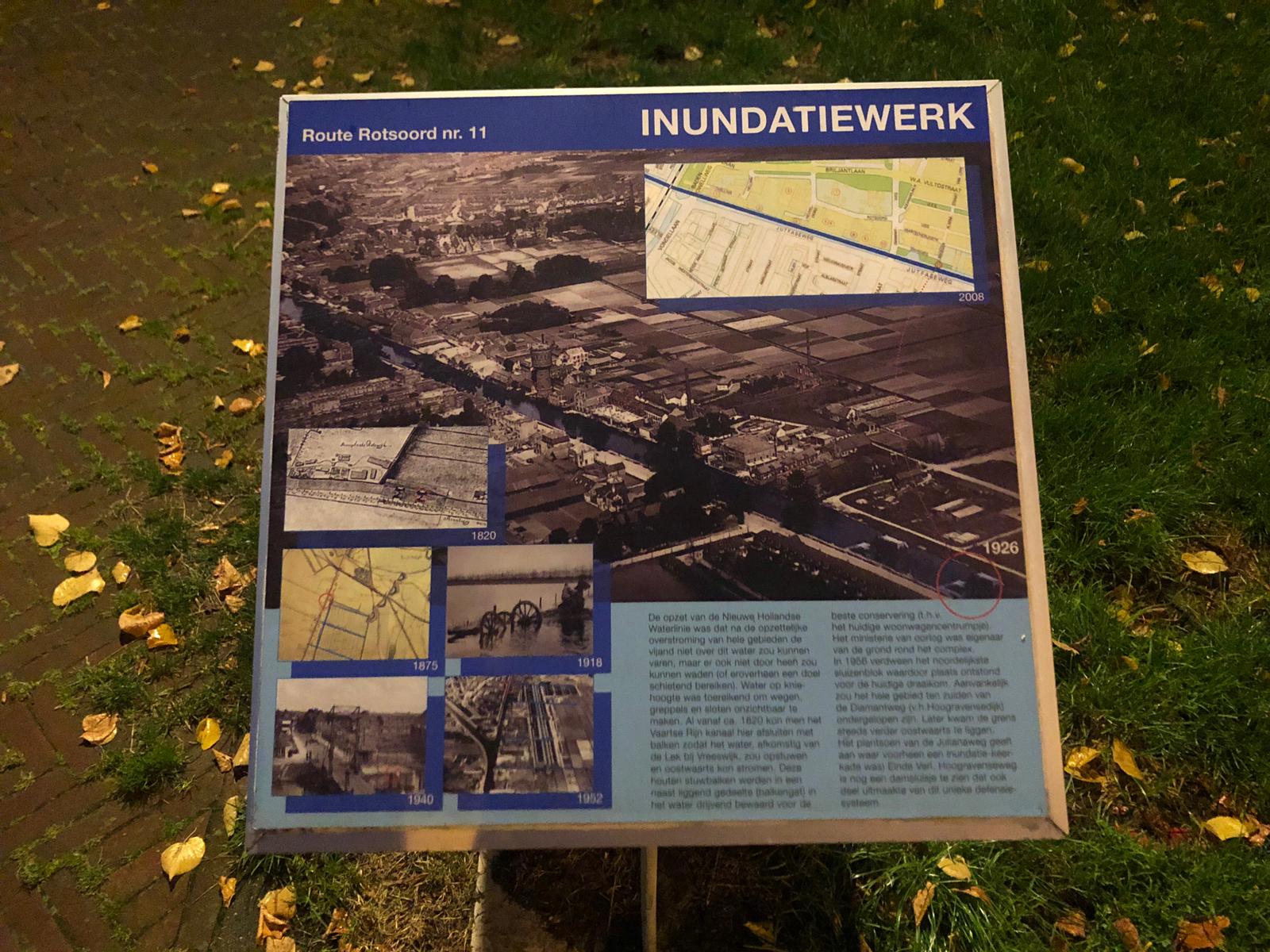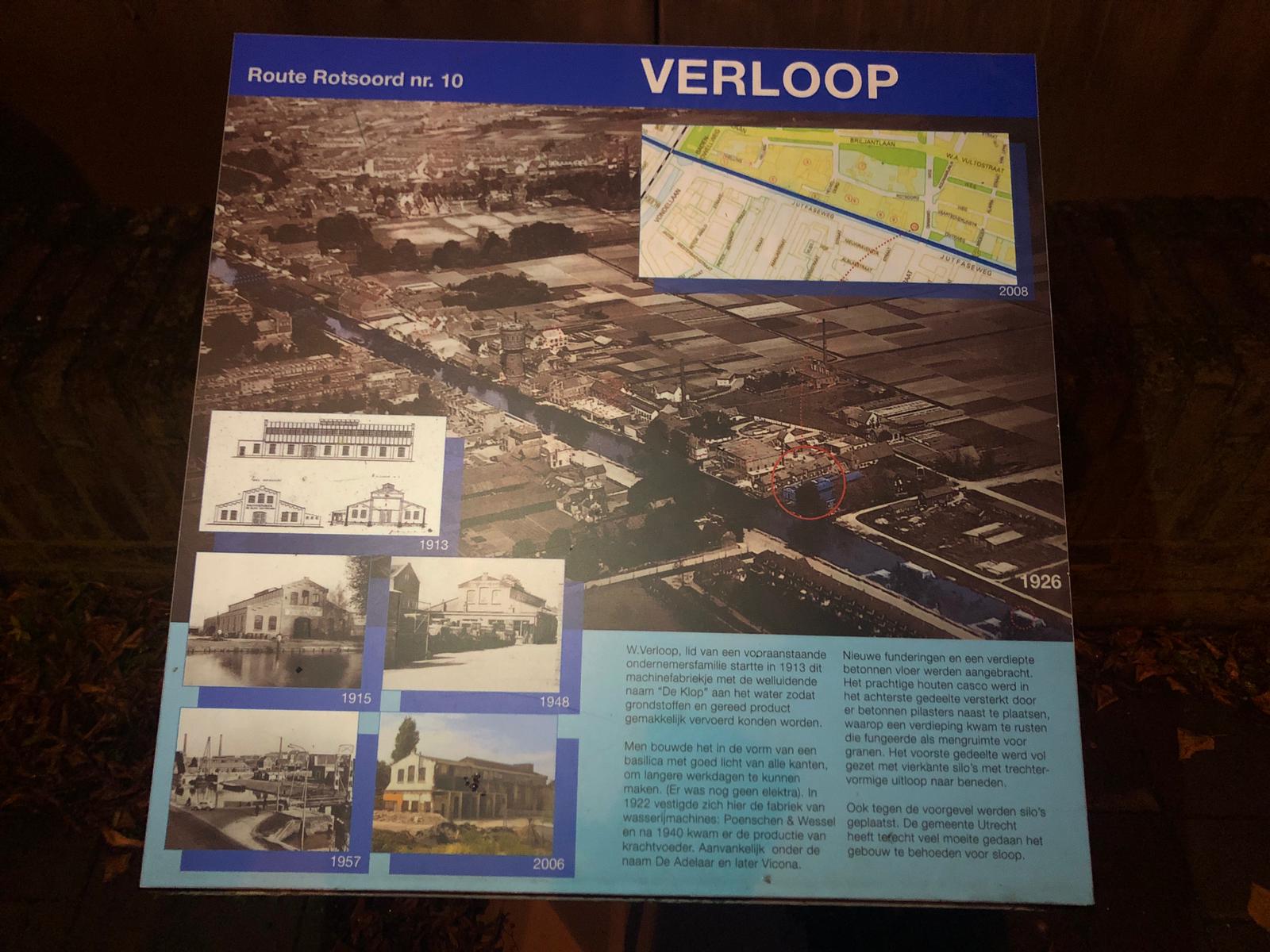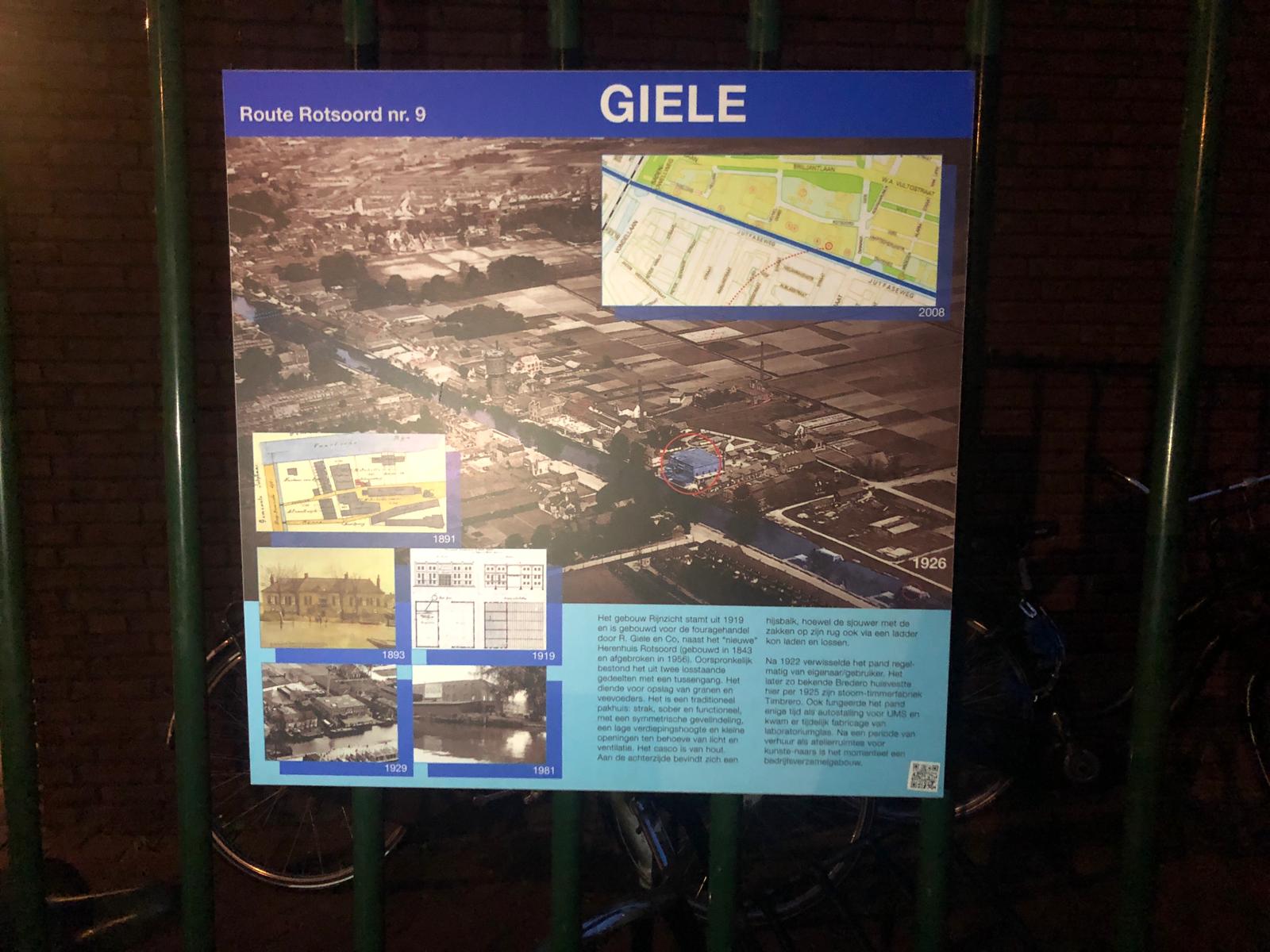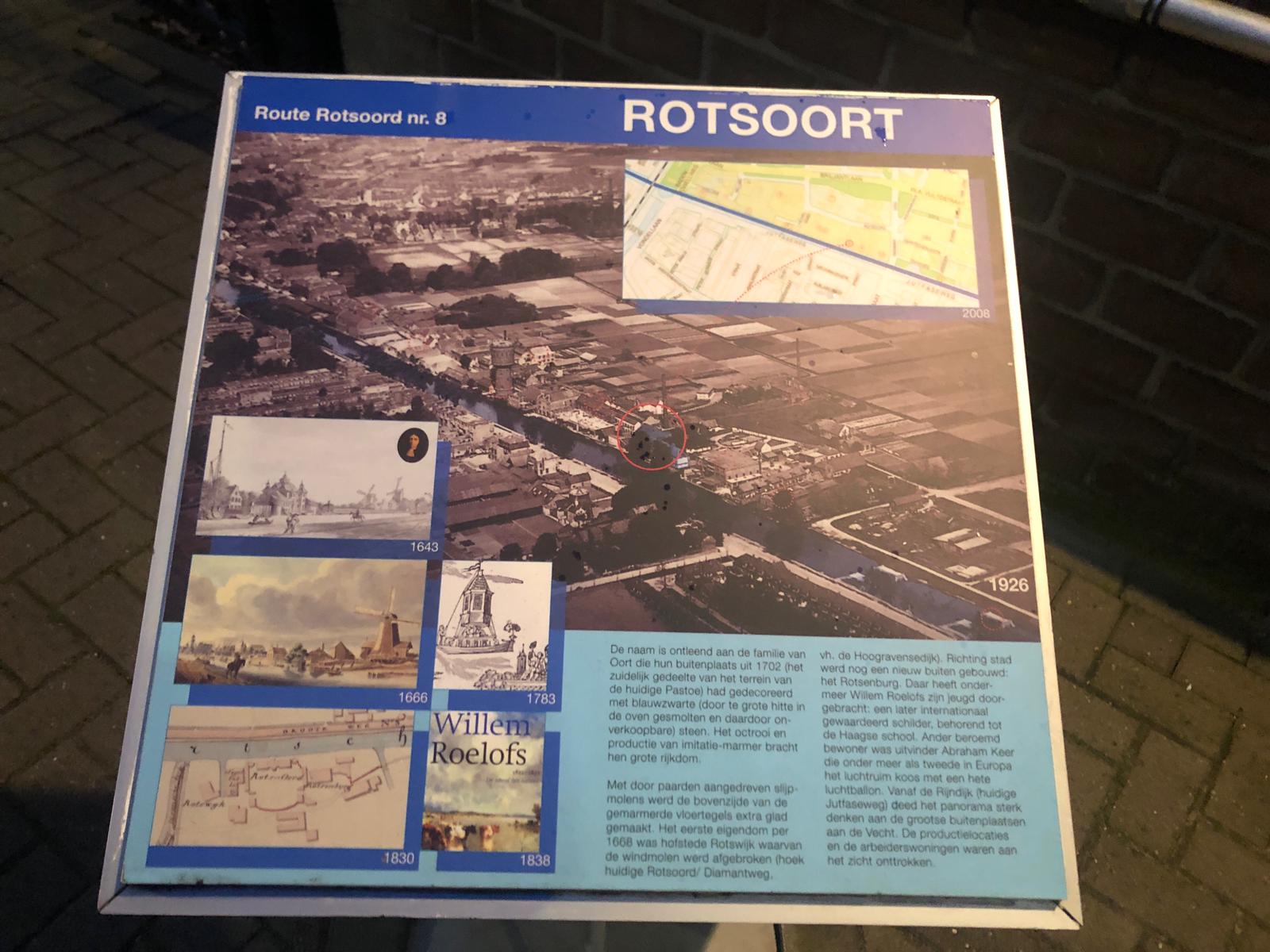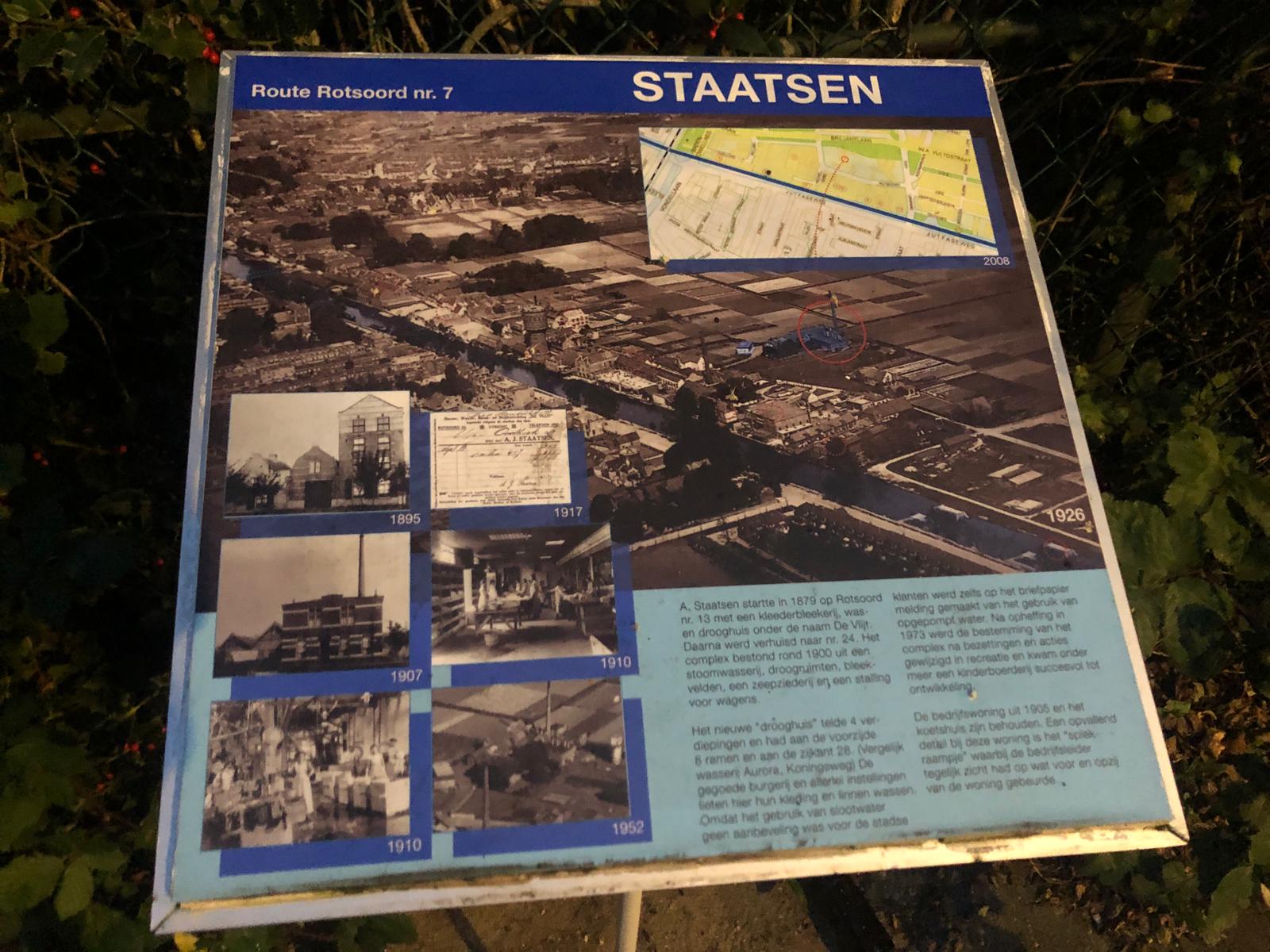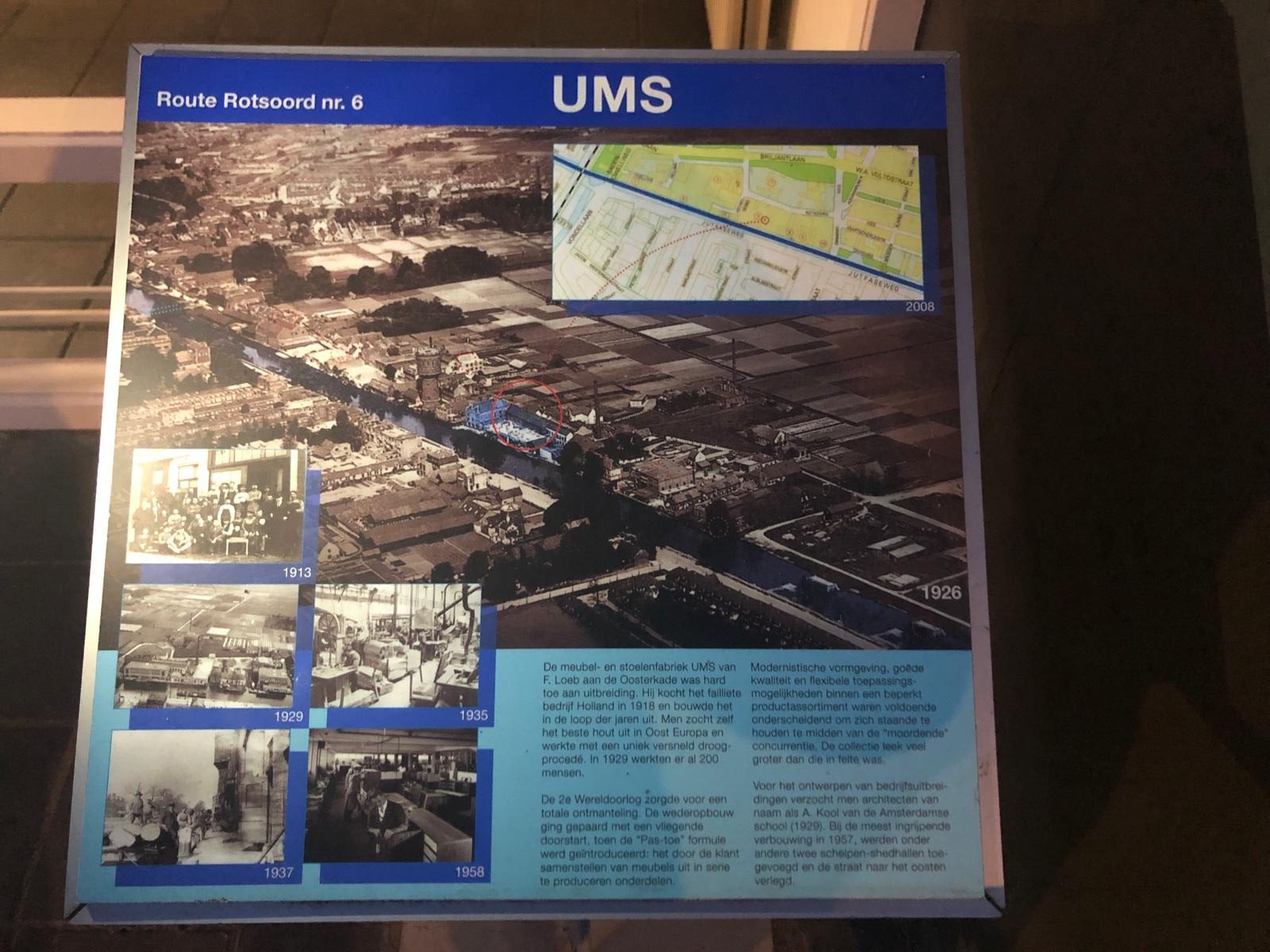Route Rotsoord no. 11 – Inundation Works
The idea behind the New Dutch Waterline was to intentionally flood a large area of land. As a result the enemy would not be able to sail on, wade through or shoot over the flooded area. To raise the water to a knee-high level was already sufficient to hide all roads, trenches, ditches and small […]

